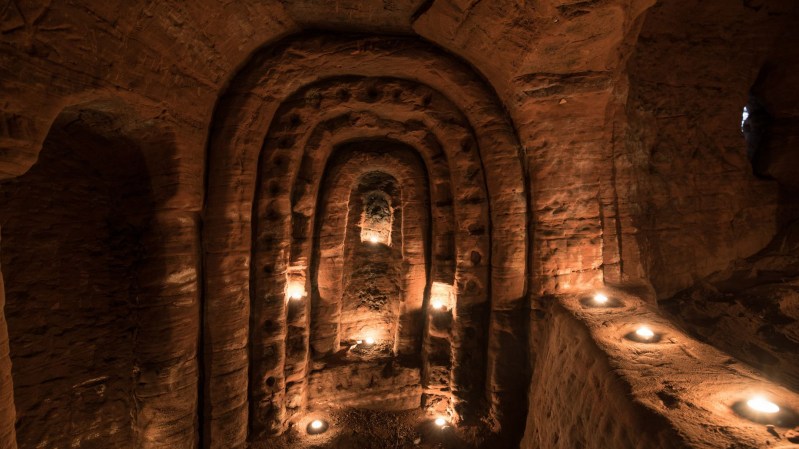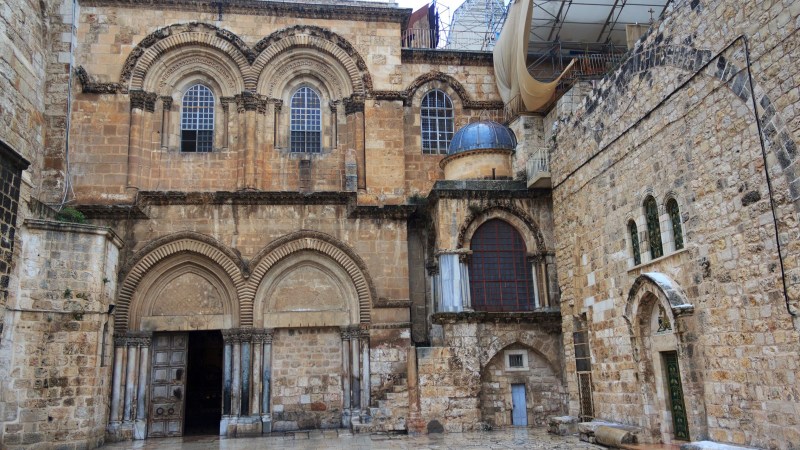Established in 1118, they built a reputation as protectors of religious pilgrims throughout Europe and eventually even received the endorsement of the Catholic Church. At their peak, they held enormous influence as lenders to several monarchs and even owned the island of Cyprus.
After the Middle Ages, the Knights lost much of their influence and went underground – literally.
Recently, a British farmer was clearing a rabbit hole and found something much grander: A well-preserved hideout that has been seemingly untouched for more than 700 years.

The Caynton Caves in Shropshire are held grandly in local lore as an old headquarters for the Knights and this latest discovery would seem to validate those claims.
Photographer Michael Scott went to explore and photograph the new find and his images reveal a stunningly-preserved example of Medieval living. A series of rooms and altars were found (some of the rooms were so small that they’re only accessible on hands and knees).
His photos show an area that somehow stayed relatively untouched by graffiti, vandals and vagrants. The shape of the dwelling is said to be modeled after Church of the Holy Sepulchre in Jerusalem where Jesus Christ is supposedly buried.

There are several legends and rumors about whether the Knights are still in existence today. The Freemasons have continued with some of their symbols and traditions, while others believe the organizations continues operating completely off the grid in secret locations around the world.
Regardless of the litany of stories surrounding the Knights, this is an incredible find and could offer clues into the past of the most prominent organizations of the Middle Ages.


